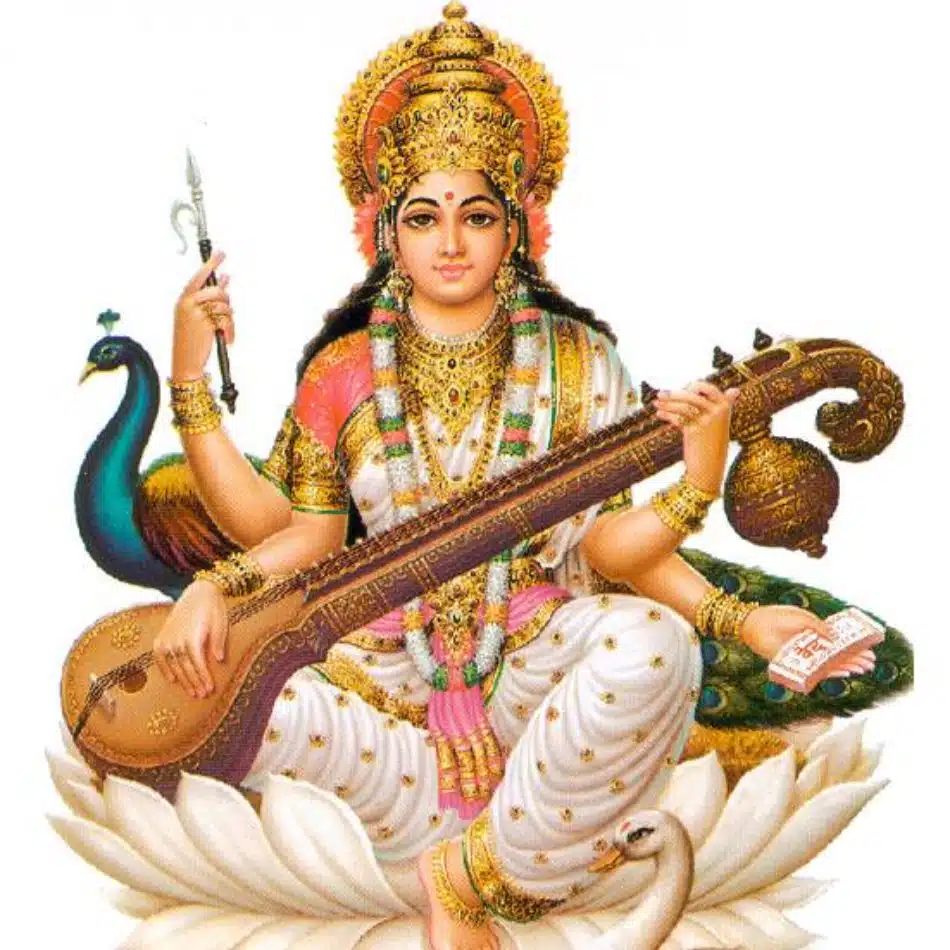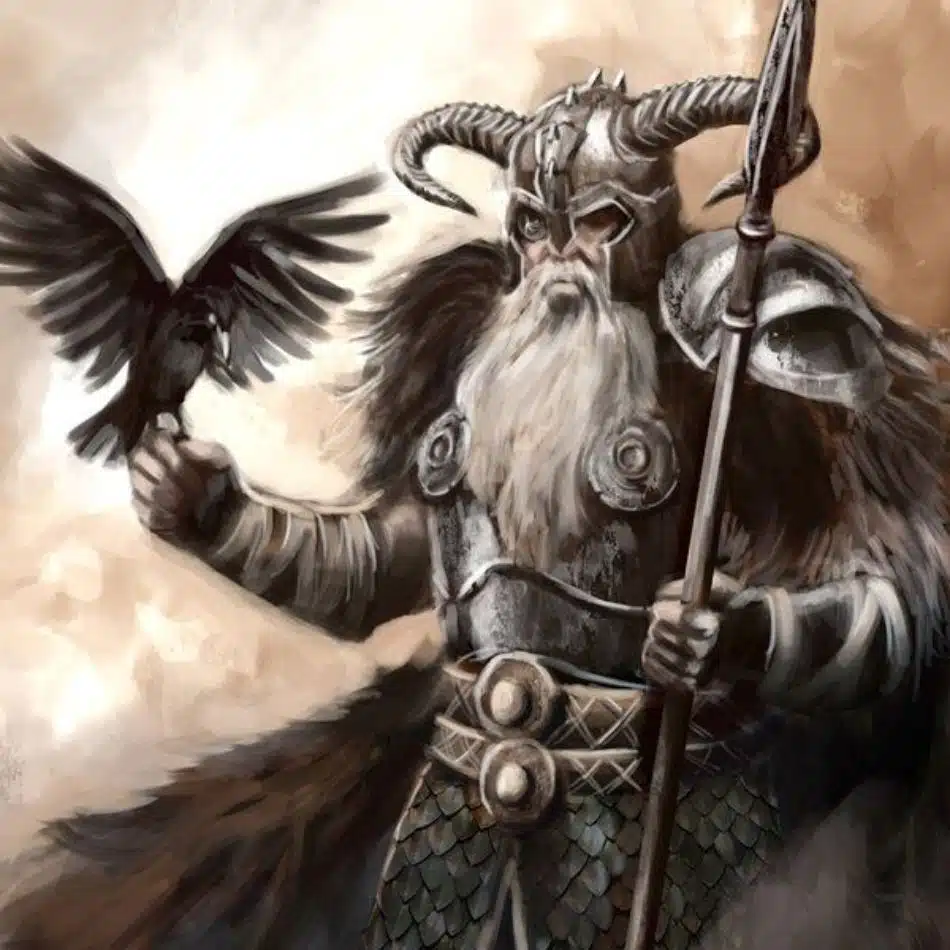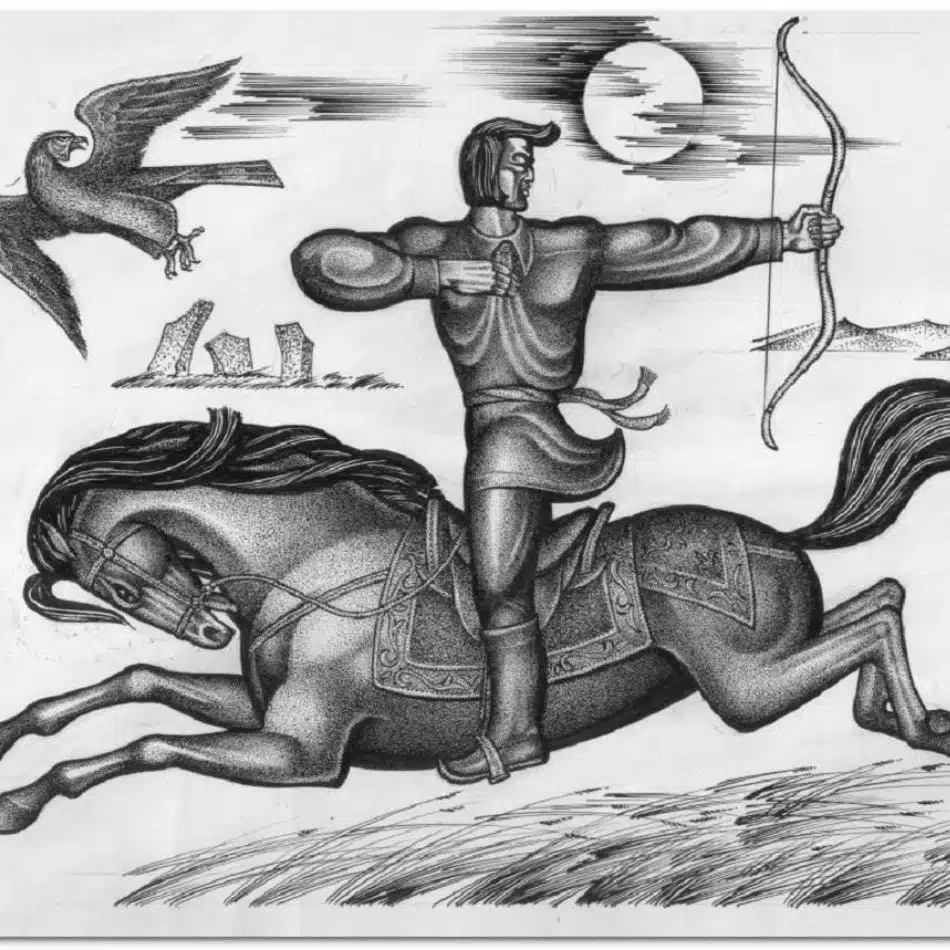Deities of Wisdom, Knowledge, and Intelligence From Different Mythology: The word “wisdom” is frequently used but challenging to define. The majority of people understand the word to mean having a global consciousness and, via this awareness, the mental agility to deal with life’s numerous obstacles. Others see wisdom as the precious result of life’s experiences and information. Some people equate wisdom and intelligence, though.
Wisdom refers to all of the aforementioned along with divine mysteries when it comes to religions, both ancient and contemporary. Such information is not a sought-after key to tremendous wealth or power. Instead, these are the intricate plans that the gods created for the world of humans.
In other words, justifications for life’s challenges. People worship to wisdom-related gods and goddesses to gain the strength to endure and overcome life’s challenges. Even though prayers may be directed toward a particular goal—for example, to win a battle—they all ultimately express the same yearning. As a result, gods of wisdom routinely rank as the most revered and recognized gods in all major world religions.
Deities of Wisdom, Knowledge, and Intelligence From Different Mythology
Athena – Greek Mythology

Athena is the Greek goddess of wisdom, intelligence, war, crafts, and knowledge. Her famed Parthenon was constructed in her honor. She was regarded as the patron goddess of the city of Athens. She was Zeus’ eldest and most beloved daughter.
Metis, the deity of wisdom, was Zeus’ first wife and the mother of this child. Athena is frequently seen with a helmet, a shield, and a spear. She carries the Aegis, a supernatural object believed to be either a breastplate or a shield, which Zeus, its previous owner, gave to her. She frequently travels with her owl or Nike, the deity of triumph.
Saraswati – Hindu Mythology

Saraswati is regarded as the supreme Creator of the universe and is the goddess of knowledge, music, art, and expression. Sometimes she is also referred to as Brahmani and Brahmi in Hinduism. In the Tridevi, which also includes Lakshmi and Parvati, she is Brahma’s spouse. West and central Indian Jains also hold the deity in high regard.
Thoth – Egypt Mythology

In the Egyptian pantheon, Thoth was regarded as one of the more significant deities. His sacred creatures, the ibis and the monkey, were frequently portrayed as men in art. Like in the main image, Thoth is frequently depicted with an Ankh and a rod or wants to denote power in each hand. He was Ra’s eldest son,
The universe was maintained by Thoth, who was also one of the two gods that stood alongside Ra’s boat. He also performed other significant roles in Egyptian mythology. In the later period of Egypt, Thoth came to be closely identified with the resolution of divine conflicts, magical practises, writing systems, advancements in science, and the determination of the fates of the dead.
Odin – Norse Mythology

The god Odin is highly regarded. Odin is a deity of knowledge, healing, intelligence, knowledge, combat, and war. He is also the spouse of the deity Frigg and the source of most of the material that has survived about him. He is the Ruler of Asgard and the Allfather, the supreme ruler of the Sir, the primary pantheon of Norse gods. Tacitus compares Odin to Mercury.
From the Roman colonization of parts of Germany to the tribal extensions of the Viking Age and the Migration Period, Odin is a highly recognized god throughout written history.
Kvasir – Norse Mythology

Kvasir, a creature from Norse mythology, was created from the saliva of the Vanir and the Sir, two sets of gods. Kvasir, a man of great wisdom, traveled widely, imparting information. Kvasir was eventually slaughtered and his blood was sucked by the dwarfs Galar and Fjalar.
The two combined his blood with honey to create the Mead of Poetry, a beverage that bestows skaldship and intelligence upon those who consume it, and whose proliferation eventually led to the dissemination of poetry among humans. Researchers have linked Kvasir to ancient people’s activities of preparing beverages and promoting peace.
Minerva – Roman Mythology

Minerva is the Roman goddess of wisdom, intelligence, and knowledge. She is also the goddess of triumph and justice. Unlike Mars, Minerva solely supports defensive warfare; she does not support any other form of aggression. Romans began to compare her to the Greek goddess Athena starting in the second century BC. A member of the Capitoline Triad, which also includes Jupiter and Juno, Minerva is among the three Roman gods.
As a sign of her relationship with learning and understanding, Minerva is sometimes depicted with her mythological beast, typically an owl known as the ‘Owl of Minerva’. Frequently, Minerva is shown as a stunning female with an athletic, muscular body. She frequently appears with a spear and armor.
Ogma – Irish/Celtic Mythology

Ogma is the deity of wisdom, knowledge, and intelligence. He comes from mythology in both Scotland and Ireland. He may be linked to the Gallic god Ogmios and is a representative of the Tuatha Dé Danann, who are regarded to be gods. The Ogma Tract claims that Ogham, the first written form of Irish Gaelic, was created by him.
Omoikane – Japanese Mythology

A god named Omoikane occurs in Japanese mythology. The god of knowledge and talent is Omoikane. Omoikane is supposedly the offspring of Takamimusubi, while some accounts identify it as the deity of Tokyo. Omoikane is also revered as the deity who is honoured at the Chonahajime ceremony, a customary ritual in which participants pray for the safety of carpenters while they create a house’s structure.
Wenchang Wang – Chinese Mythology

Wenchang Wang is the deity of wisdom, literature, knowledge, and culture. Wenchang Wang is consulted by writers who are experiencing writer’s block and students who are studying for exams for advice, support, and inspiration. He appears in pictures as a friendly, elderly man with a professorial air, flanked by two intellectual aides.
Since he was a little child, Wenchang Wang has shown that he’s a remarkable human being. His mother was quite ill and undernourished when she gave birth to him. Her ailment was instantly cured when Wenchang Wang gave her a part of his own thigh.
Lugh – Irish/Celtic Mythology

Lugh was a member of the Tuatha dé Danann and a Celtic god of justice, wisdom, intelligence, and nobility. He was praised for his abilities in battle and crafting, and was seen as both a prankster and a saviour. With his roles as a king, a warrior, and an Irish cultural icon, Lugh was undoubtedly one of the most well-known gods in the Celtic pantheon.
Nabu – Babylonian/Assyrian Mythology

Nabu is among the most revered deities in Mesopotamia. Nabu is the Babylonian deity of knowledge, prophecy, scribes, and writing. He was also in charge of the bountiful crop and all living creatures. His name, which translates to ‘the Announcer’, alludes to his predictive and creative abilities to summon forth words, the crops as well as other plant life, as well as visions of prophecies.
Tiur – Armenian Mythology

In ancient Armenia, Tiur was revered as the god of wisdom, rhetoric, knowledge, and the arts. He was revered as the scribe and messenger of the supreme god Aramazd, as well as a dream interpreter and fortune teller who kept a record of people’s good and bad deeds and led souls to the underworld.
The other eleven months of the year were devoted to giving power to authors, philosophers, singers, artists, and architects. He devoted a month of the year keeping a book of people’s birthdays and deaths. He perhaps had a connection to Grogh, the Archangel Gabriel-like angel of destiny and death who is depicted in Armenian folklore.
Enki – Sumerian Mythology

Enki was the Sumerian god of knowledge, clean water, cunning, crafts, magic, exorcism, creation, fertility, and the arts. He was also associated with exorcism and exorcisms. He is represented in iconography as a bearded man climbing the Mountain of the Sunrise while donning a horned cap and lengthy robes.
His link with water, which gives life, is emphasised by the flowing streams of water that flow from his shoulders, while trees in the distance stand for the male and female principles. According to one myth, Enki’s semen generated the Tigris and Euphrates Rivers, which are represented by the streams. His name stands for “Lord of the Earth,” and the fish and goat, which stand for fertility, are his symbols.
Ganesha – Hindu Mythology

Ganesha is one of the most well-known Hindu gods today and is highly revered across southern part of Asia. He is the son of the mighty gods Shiva and Parvati. Even in places where Buddhism is the majority, like Thailand, people fervently adore the deity.
Worshipers seek him out every day for both big and minor issues because he removes obstructions. There are significantly less myths about Ganesha than there are for other well-known characters like Vishnu and Shiva, therefore his fame considerably outweighs the amount of tales about him.
He rides a mouse and has the head of an elephant. This chubby deity frequently makes an appearance in iconography clutching an axe, a noose, a trident, his tusk, and a plate of modaks.
Gamayun – Slavic Mythology

Gamayun is a legendary bird from Slavic folklore. Gamayun was a divine messenger who was knowledgeable about the world’s creation. One of Gamayun’s skills is the ability to predict the future. Gamayun represents intelligence and wisdom. It is a creature that resides on an island near to a paradise. Russian folklore’s most significant character, Gamayun, is portrayed as a huge bird with a woman’s head. The mythology surrounding Gamayun probably has its roots in Ancient Greece, like that of the Sirin and the Alkonost.
Mergen – Turkic Mythology

In Turkic mythology, Mergen is regarded as god. This god represents wisdom and knowledge, and is found on the seventh floor of the heavens. Mergen battles evil spirits, but he always prevails because of his infinite wisdom. He is regarded as Kayra Khan’s son. He’s got an arrow and a bow. He fires an arrow with intelligence, and it hits its mark every time.
Also Read: Tragic Stories From Mythology Around The World





